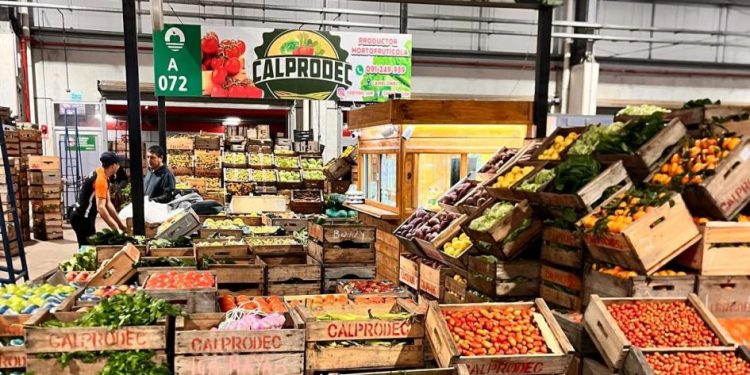Bridging the Digital Divide: How CALPRODEC’s New Initiative Aims to Revolutionize Agro-Production in Rural Uruguay
On July 9, 2024, a significant milestone was achieved in Uruguay’s rural development sector with the launch of the AGROTIC project by CALPRODEC. This initiative, presented during a session of the Mesa de Desarrollo Rural in Canelones Oeste, is set to bring digital transformation to agro-production in rural areas. This article delves into the objectives of the AGROTIC project, the technology involved, and its potential impacts on the agricultural community in Uruguay.
What is the AGROTIC Project?
The AGROTIC project, spearheaded by CALPRODEC, stands for “Adaptation of Digital Solutions for Reducing Training and Commercial Constraints.” This initiative is part of the AGROTIC policy promoted by the Dirección General de Desarrollo Rural (DGDR) of the Ministry of Livestock, Agriculture, and Fisheries (MGAP), with funding from the Inter-American Development Bank (IDB) through the Rural Productive Development Program II.
The AGROTIC policy seeks to integrate Information and Communication Technologies (ICTs) into rural production processes to overcome existing challenges and promote sustainable rural development. By offering digital tools and solutions, the project aims to address barriers to growth and provide practical support to local producers.
Key Objectives of the AGROTIC Project
- Digital Training and Education: One of the primary goals of AGROTIC is to bridge the digital divide in rural areas. The project includes a comprehensive training program focused on digital skills for both the members of CALPRODEC and other local agricultural producers. This training covers a range of ICT applications from basic digital literacy to advanced software use for commercial purposes.
- Digital Solutions for Commercial Growth: The project involves the development of digital tools aimed at improving commercial processes for the cooperative. A significant component of this objective is the creation of a traceability system using QR codes. This system allows for the tracking of products from harvest to market, ensuring transparency and quality control. Consumers can scan the QR code to access detailed information about the product’s journey, which includes harvest dates, refrigeration details, and the producer’s identity.
- Water Resource Management: Another innovative aspect of the AGROTIC project is its focus on water resource management. The project will pilot digital tools to measure and manage water use in agricultural cycles. This initiative aims to optimize water usage, reduce waste, and improve sustainability in agricultural practices.
- Monitoring and Dissemination: The project includes mechanisms for monitoring, documenting, and sharing results with other rural development organizations. This approach aims to create a model that can be replicated and scaled across other regions to promote the adoption of new technologies and best practices in rural agriculture.
Technological Innovations and Partnerships
The AGROTIC project utilizes a variety of technological solutions to achieve its objectives:
- QR Code Traceability System: A user-friendly system developed for tracking agricultural products. The QR codes provide real-time data on the product’s lifecycle, helping producers manage their operations and giving consumers assurance of product quality.
- Digital Training Programs: Courses and workshops designed to build digital skills among rural producers. These programs are delivered through a combination of online platforms and in-person sessions.
- Water Management Tools: Technologies for monitoring and optimizing water use in agriculture, aimed at improving efficiency and sustainability.
Collaborations and Future Prospects
CALPRODEC’s AGROTIC project is supported by key partners including the Unidad Agroalimentaria Metropolitana (UAM) and the Instituto Nacional de Alimentación (INDA). These partnerships have facilitated the development of the QR code system and provided access to valuable resources for the project’s success.
Looking ahead, the project’s team plans to continue promoting AGROTIC’s achievements through various channels. They have already presented the project at events organized by INDA, the Ministry of Social Development, and Udelar, and will seek further opportunities to showcase their work and explore new partnerships.
Impact and Benefits
The AGROTIC project represents a significant advancement in Uruguay’s approach to rural development. By integrating digital technologies into agriculture, the project aims to:
- Improve product traceability and market access for local producers.
- Enhance digital literacy and reduce the technology gap in rural communities.
- Optimize water resource management for better environmental sustainability.
- Provide a scalable model for other rural areas to adopt similar technologies and practices.





